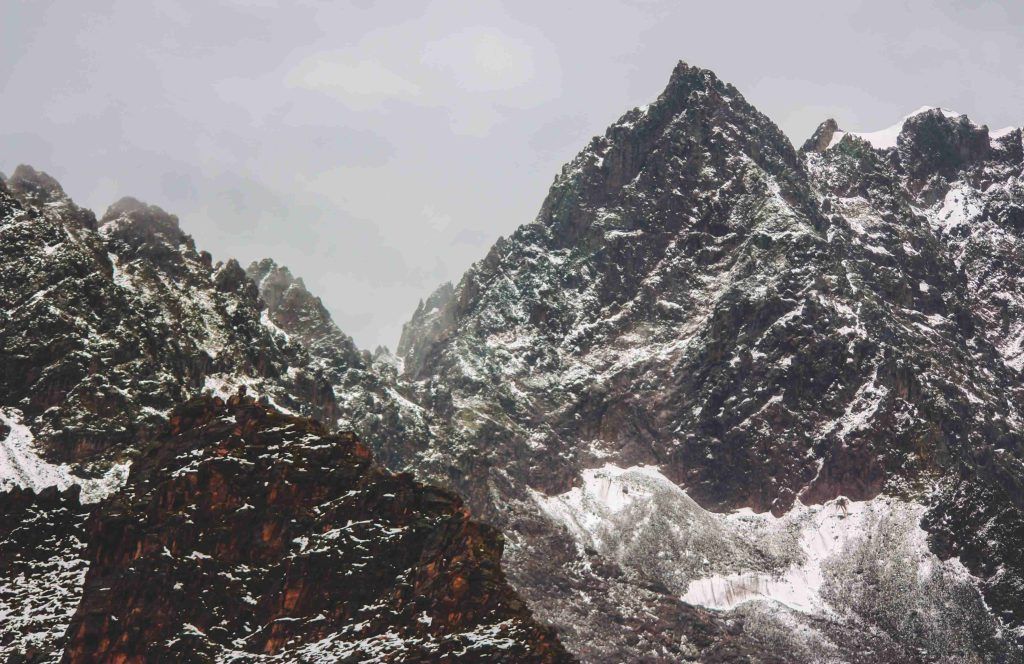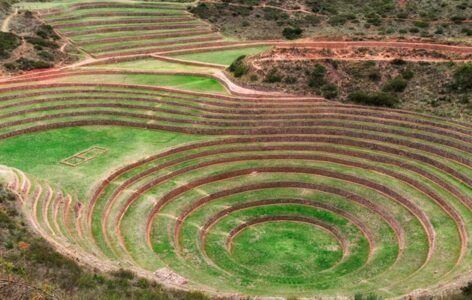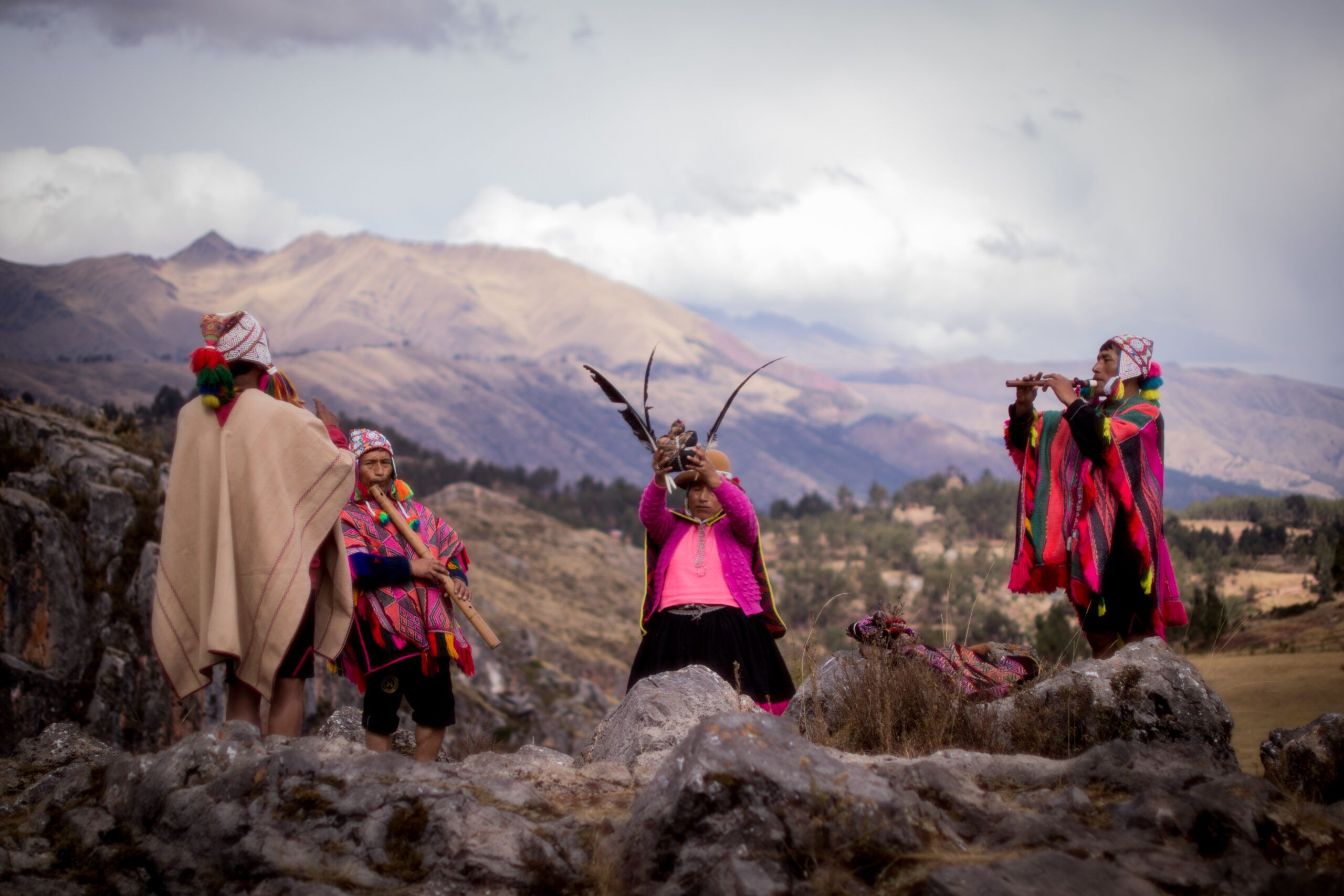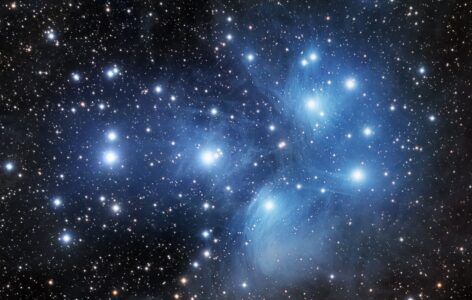In many spiritual traditions, sound is central to prayer and ceremony. But in the Andean world, silence carries an equally profound sacred weight. For the peoples of the Andes, silence is not emptiness—it is presence. It is the moment when one becomes aware of Pachamama (Mother Earth), the Apus (mountain spirits), and the subtle flow of kawsay (living energy).

Silence ‘s Function
Anthropologist Catherine Allen notes that in Andean ceremonies, silence often prepares the way for offerings: “The pause is not absence, but a form of listening to the earth and sky” (The Hold Life Has, 1988).
Before coca leaves are placed on the ground, before words are spoken to the spirits, practitioners may fall into a collective quiet. This silence is understood as an act of respect, a suspension of the self so that the sacred may speak.

Silence also functions as a bridge to ayni (reciprocity).
By quieting one’s own voice, space opens to hear the voice of water, wind, or fire. In some rituals, the absence of speech allows the paqos (Andean priests) to sense shifts in energy, to notice how hucha (heavy energy) is leaving or how light is descending.
Thus, silence becomes a diagnostic tool and a healing act.
Unlike Western notions of silence as void or absence, the Andean sense is relational. It is the stillness of dawn before the sun (Inti) rises, the hush of mountains holding their breath, the pause before a drumbeat begins. It is silence filled with life.
“To remain silent in ritual is to enter into dialogue with the unseen. The earth speaks most clearly when we do not.”
Reference
- Allen, Catherine. The Hold Life Has: Coca and Cultural Identity in an Andean Community. Smithsonian Institution Press, 1988.
- Bastien, Joseph. Mountain of the Condor: Metaphor and Ritual in an Andean Ayllu. Waveland Press, 1985.
- Van den Berg, Hans. La Tierra No Da Así No Más: Los ritos agrícolas en la religión de los campesinos del sur andino. IEP, 1990.
- Mannheim, Bruce. The Language of the Inka Since the European Invasion. University of Texas Press, 1991.



